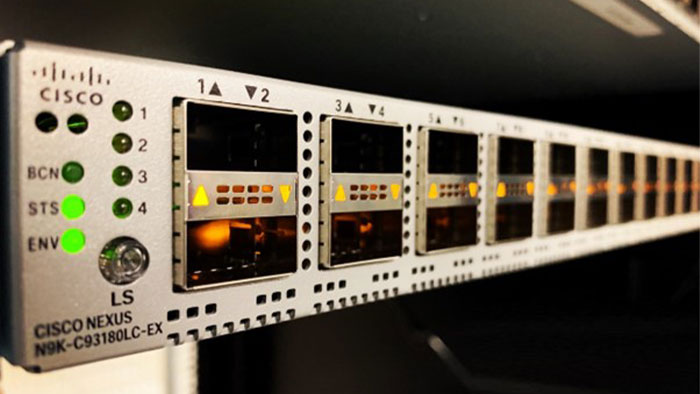The licensed Cisco NX-OS is an advanced network operating system that powers many of Cisco’s data center switches and routers. It is a robust and flexible platform that provides a rich set of features and capabilities for managing complex network environments. In this article, we will provide an overview of Cisco NX-OS 10, its architecture, and key features.

The licensed Cisco NX-OS is a modular and distributed operating system that is designed to provide high availability and scalability for large-scale data center networks. It is based on a modular architecture that separates the control plane from the data plane, allowing for greater flexibility and resiliency.
The control plane runs on a set of redundant supervisor modules that manage the configuration, routing, and other network services. The data plane, on the other hand, is handled by line cards that perform packet forwarding and switching.
The licensed Cisco NXOS provides a wide range of features and capabilities that are essential for managing complex data center networks. Some of the key features include:
The benefits of the licensed Cisco NX-OS include:
With the 10.2(1) release, the new licensed Cisco NX-OS adopted Smart Licensing with Policy (SLP) to streamline license management for all Cisco Nexus products. Continue reading to learn more about how SLP makes license activation, mobility, visibility, and deployments simpler.
Historically, NX-OS used Product Activation Keys (PAKs) to manage licenses. Network operators had to know all the features used on each device in advance as well as its particular license requirements because PAK licenses were linked to device serial numbers. This made it necessary for them to generate the right licenses. Additionally, fresh license files had to be generated any time a license needed to be switched from one device to another. Additionally, customers had to manually manage the license inventory and install individual licenses on each device.
The introduction of Smart Licensing in NX-OS 9.3(3) more than a year ago as part of the licensing simplification journey significantly enhanced the customer experience.
When an existing NX-OS customer upgrades a device using a PAK license to NX-OS 10.2(1), the software detects the PAK licenses and initiates a “device led license conversion” to SLP without the need for user input. Upgrades to 10.2(1) from legacy Smart Licensing will go smoothly because the call-home mode from SL will continue to function in SLP.
The first-time license reporting for newly purchased products that come preinstalled with NX-OS 10.2(1) will be completed at the factory for greenfield NX-OS deployments. According to the default reporting policy, this means that for the following 365 days, the devices will not be required to send a license report to the licensed Cisco. All features will continue to function in honor mode even though the device will be deemed out of compliance if it doesn’t report during the reporting period.